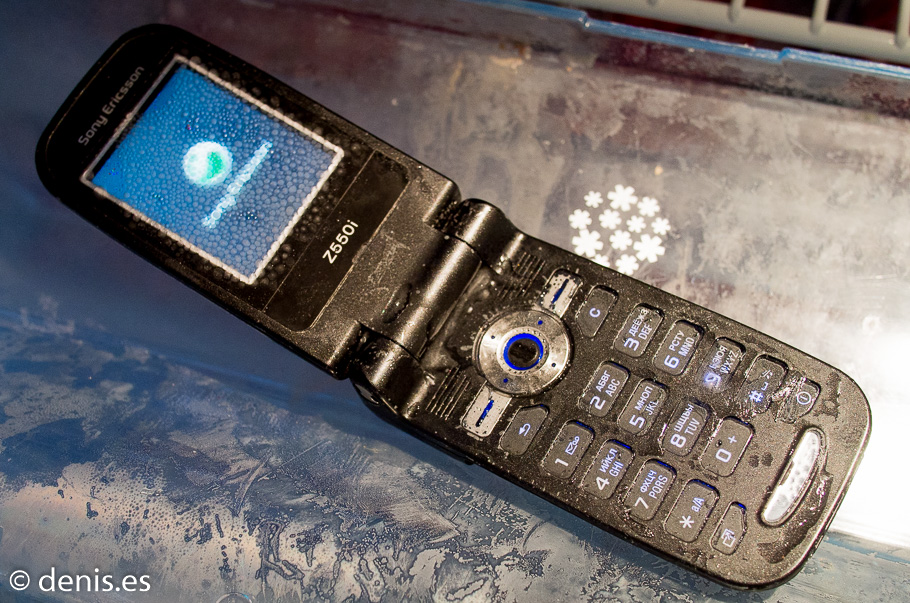This is an old article, so it mentions SIM cards. The new iSocket Systems products have integrated connectivity and customers are now worried about SIM cards. Otherwise, the information from this post is still absolutely valid.
My customers often ask me: “What would happen if I used iSocket in very cold conditions?” My answer is simple: “First of all you will lose your warranty :)”. Well, let me explain why some devices can be used in a cold environment and some cannot.
While some competitors from low-price countries may promise the operation of their devices down to -20C (-4F) or -30C (-22F), but later deny all responsibility (because they are far away from you and do not care) we are honest enough to tell you the background to the issue.
When speaking about working devices in extreme conditions you should keep in mind the following:
1) The SIM card is also an electronic device and some operators don't recommend (don't allow according to specification) the use of SIM cards in cold conditions. The SIM card might stop operating! The fact that we use cell phones in cold conditions is not an argument, because most of the time a cell phone is protected by clothing. Moreover, the SIM card is installed close to a warm battery inside the mobile phone.
2) Components are rated to work in certain temperatures, e.g. capacitors with electrolyte inside. Industrial equipment is usually designed with special capacitors and other components rated to work in cold conditions. But such components cost more than standard components and this increases the cost of the device. We actually also use the best components in our products, but we do not use components that are rated to work in extreme cold conditions, because most customers will not be prepared to pay the extra premium for this. Our competitors from low-price countries do not use good components, they only give you false promises.
3) A Li-ion battery might not work in the cold or even heavy winds. We use a battery with a protection circuit, however.
4) Extremely cold conditions are often accompanied by moisture as well. When you use a warm device in a cold environment, condensation will form on the components and corrosion will start. This could damage the contacts and even start a fire. The device might continue to work for a few years, but one day it could fail. Devices designed for home or office are seldom rated for use in a moist environment.
Why do some competitors from low-price countries promise that the device will work down to -20C (-4F) or even -30C (-22F)?
Because in most cases devices will withstand these temperatures for the warranty period which is often 6 month for such countries. What happens after the warranty period does not concern them. Moreover, even if the device is damaged during the warranty period, would you really try to return it if you purchased it e.g. from eBay or Aliexpress..? They know the answer, which is why they are not afraid to make rash promises.
For example, our iSocket is designed to be used in a dry environment as is most equipment in this class. We have tested some previous generation model down to -30C (-22F) in Finland (and in some days even down to -35C) and it works satisfactorily, but we do not rate our device for that temperature. The device is rated to work down to -10C (14F). We rate our device to work from -10C (14F) with few notes: it must not be used in wet environment and the device must be already turned on when the temperature drops below zero. Heat from the electronics inside the device will compensate for the low ambient temperature and that is why it can be used in slightly frosty temperatures. More details can be found in the Technical Specification for each product on our website.
It should be noted, however, that, if you use the device in extreme cold or wet environment and then return it, claiming a fault, we are able to recognize the reason. :) You do this on your own risk. We will not be responsible for any damage and it will not be covered by warranty if the device is used outside the specified operating conditions.
We hope you will appreciate this frank and honest approach and that you will choose professional high-quality products from iSocket rather than from competitors in low-price countries that are not able to provide you the same quality, reliability, warranty and solid backup support that we do.
This article is partly available in Spanish, Italian, German, Dutch.

